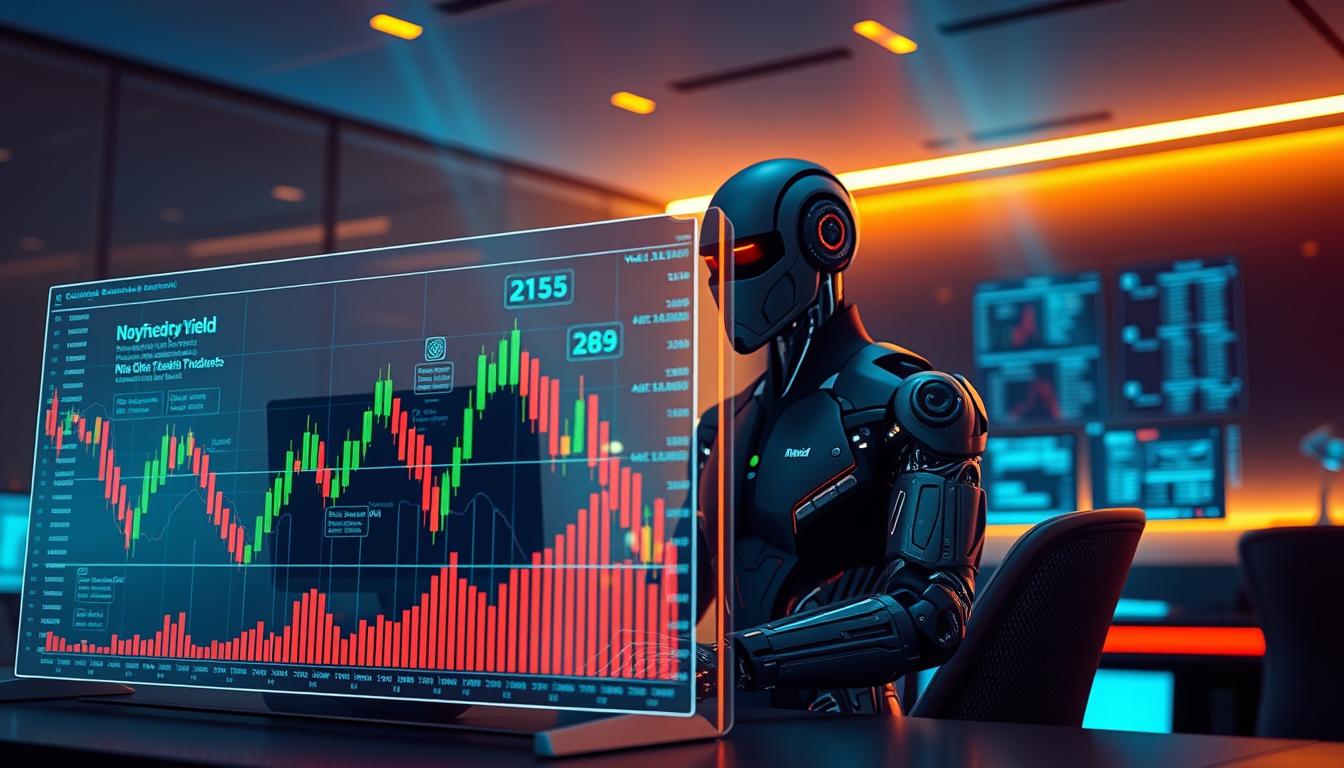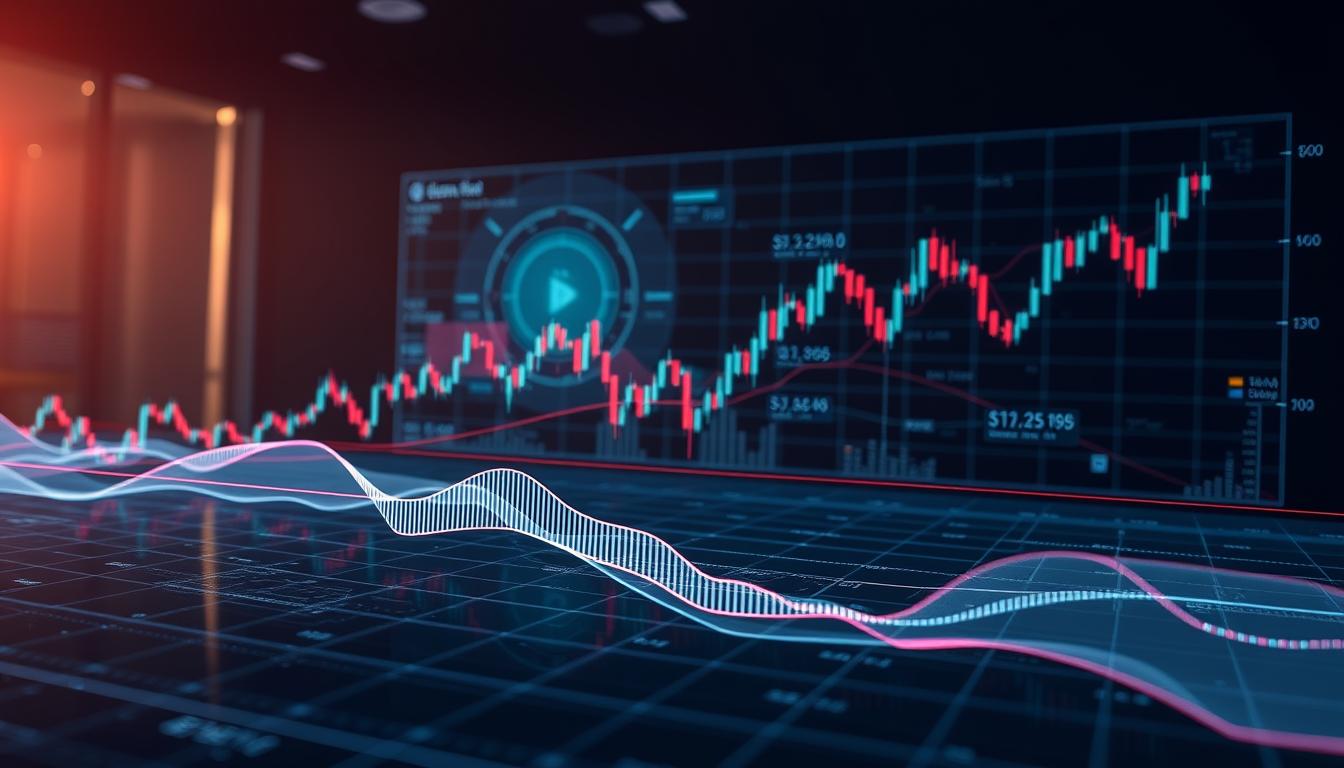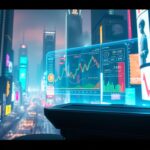Now Reading: Compare NFT Marketplaces: OpenSea, Rarible, SuperRare – Features & Fees
- 01
Compare NFT Marketplaces: OpenSea, Rarible, SuperRare – Features & Fees
Compare NFT Marketplaces: OpenSea, Rarible, SuperRare – Features & Fees
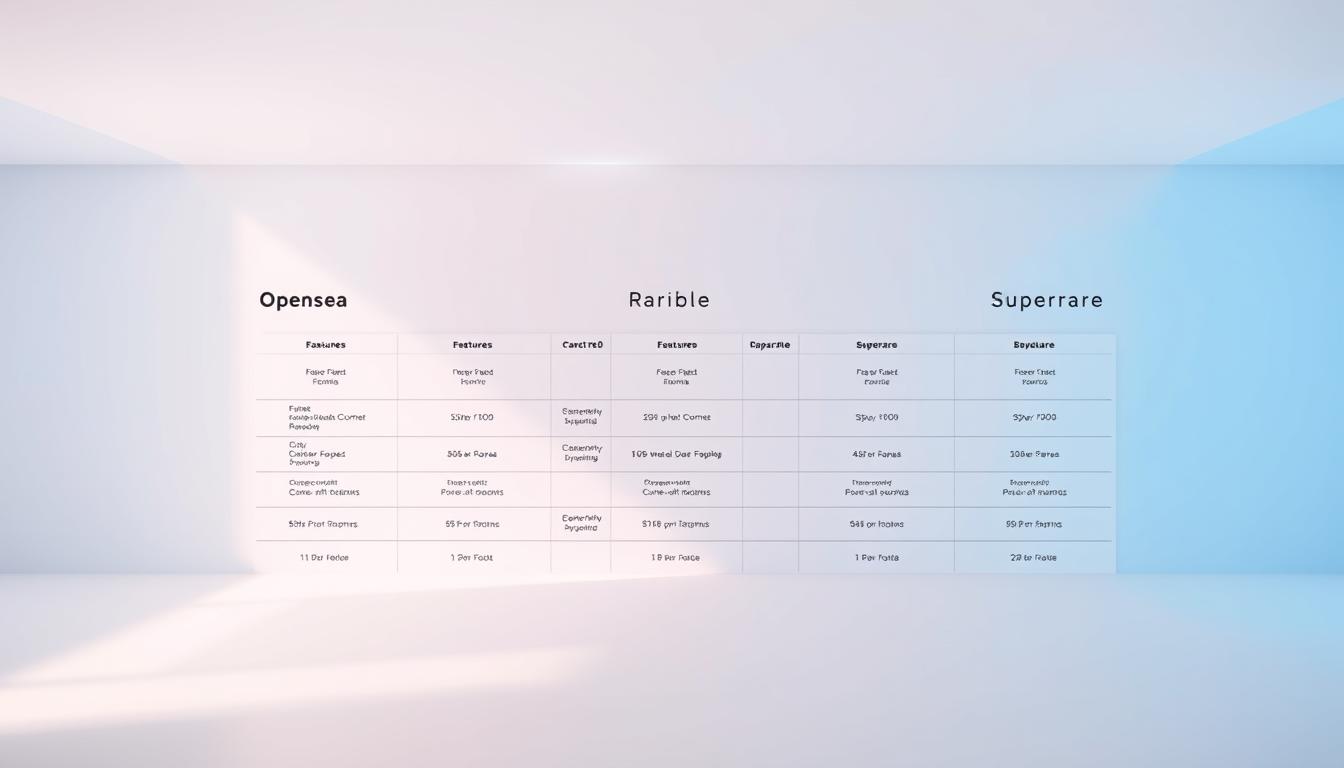
Digital collectibles have transformed how creators and collectors interact, with specialized platforms emerging as hubs for unique assets. Three leaders dominate this space, each offering distinct approaches to curation, community engagement, and financial models. Understanding their differences helps users navigate opportunities in this evolving sector.
OpenSea leads in accessibility, hosting millions of items across multiple blockchain networks. Its straightforward interface appeals to newcomers, while advanced tools cater to seasoned traders. Transaction costs remain competitive, though occasional gas fee spikes can affect smaller purchases.
For those valuing artistic integrity, SuperRare stands out with its selective vetting process. Only top-tier creators gain access, ensuring premium quality for collectors. This exclusivity comes with higher initial costs but fosters long-term value appreciation for verified works.
Community-driven platforms like Rarible empower users through governance tokens, allowing active participation in platform decisions. This model attracts creators seeking direct engagement with their audience while maintaining transparent royalty structures. Payment flexibility across cryptocurrencies enhances its appeal to global users.
Our in-depth platform analysis examines critical factors like blockchain compatibility, creator royalties, and buyer protections. Whether you’re minting original content or building a collection, choosing the right environment impacts success in this dynamic space.
Key Takeaways
- Leading platforms cater to different needs: mass accessibility vs. premium curation
- Transaction costs vary significantly between standard and premium services
- Community governance models enable user-driven platform evolution
- Blockchain compatibility affects payment options and transaction speeds
- Royalty structures determine long-term earnings for content creators
Introduction: Navigating the NFT Marketplace Landscape
As blockchain technology advances, diverse ecosystems emerge for trading one-of-a-kind digital items. These specialized spaces connect creators with global audiences while addressing unique needs in asset management and ownership verification.
Today’s digital asset platforms vary widely in their approaches. Some prioritize accessibility for casual collectors, while others focus on high-value transactions. Choosing the right space depends on your goals and technical comfort.
| Feature | Mass-Market Focus | Curated Spaces | Community-Driven |
|---|---|---|---|
| Asset Types | Multiple categories | Premium art only | User-generated content |
| User Experience | Beginner-friendly | Exclusive access | Collaborative tools |
| Blockchain Support | Multi-chain | Single network | Custom solutions |
| Fee Model | Standard % + gas | Higher commissions | Token-based discounts |
Security protocols and payment flexibility differ substantially across services. Many spaces now support multiple cryptocurrencies, while others stick to established tokens. Always verify transaction finality rules before engaging in high-value trades.
The evolving nature of this sector demands ongoing research. What works today might change tomorrow as platforms adapt to new technologies and user demands in the dynamic NFT space.
What Is an NFT Marketplace?
Digital trading spaces have redefined ownership concepts through cryptographic verification systems. These specialized environments enable users to exchange unique digital items while maintaining transparent ownership records.

Understanding the Definition and Digital Ownership
A marketplace in this context operates like a decentralized exchange for unique digital certificates. Unlike traditional eCommerce sites, every transaction gets permanently etched into distributed ledgers. This creates indisputable proof of authenticity for rare assets.
Ownership here doesn’t mean controlling file copies – it’s about holding verified rights to original creations. Even when digital content circulates online, the blockchain record confirms who possesses the authenticated version. This system revolutionized how we value digital art and collectibles.
Blockchain Integration and Security Protocols
These platforms rely on multiple blockchain networks to process transactions. Ethereum remains popular, but alternatives like Cardano offer energy-efficient solutions. Each network employs advanced security measures to prevent unauthorized changes to ownership histories.
Three core protections define these systems:
- Encrypted transaction records resistant to tampering
- Automated smart contracts that eliminate middlemen
- Decentralized validation across multiple network nodes
Specialized platforms like Nifty Gateway demonstrate how marketplace designs balance accessibility with robust security. Their models show how tokens can represent everything from artwork to event tickets while maintaining ironclad ownership verification.
Exploring the Evolving World of NFT Marketplaces in 2025
By 2025, trading platforms for unique digital assets have diversified into highly focused ecosystems. Once generalized spaces now cater to specific collector needs through advanced tools and specialized services. This evolution addresses growing demands for tailored experiences in the digital ownership space.
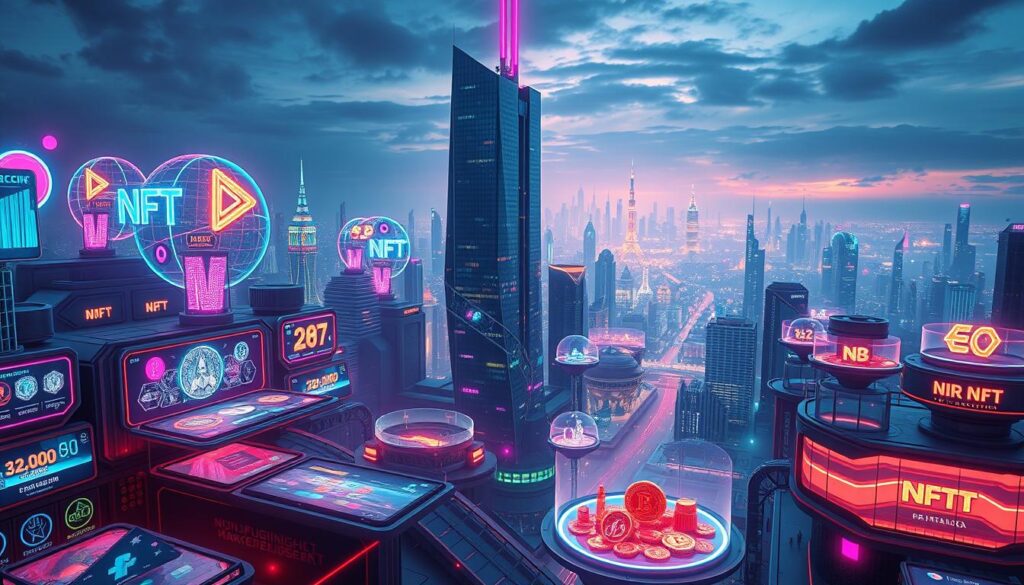
Cross-network compatibility has become a standard feature among leading services. Users effortlessly switch between blockchain networks, reducing transaction costs and expanding payment options. This flexibility supports both crypto-native traders and newcomers exploring digital collectibles.
Smart recommendation systems powered by machine learning now dominate discovery features. These tools analyze user behavior to surface relevant items, from virtual real estate to music rights. Enhanced filtering options help collectors navigate increasingly vast inventories.
Verification protocols have tightened across major platforms. Multi-factor authentication and automated fraud detection protect against counterfeit listings. Transparent ownership histories build trust in high-value transactions.
The rise of niche hubs for gaming assets and creative rights reflects market maturation. These spaces offer curated experiences that mainstream platforms can’t match. Dedicated communities form around shared interests, driving innovation in asset types.
Established names maintain dominance through user-friendly interfaces, while token-based governance models attract collaborative creators. Each service carves its niche in this competitive landscape, balancing accessibility with specialized value propositions.
OpenSea: The Leading NFT Marketplace
Pioneering the space for unique digital assets, this platform connects creators and collectors through streamlined tools. Its vast inventory spans virtual land parcels, gaming accessories, and artistic works, attracting diverse audiences. Over 80 million items populate its ecosystem, making it a hub for both casual enthusiasts and serious traders.
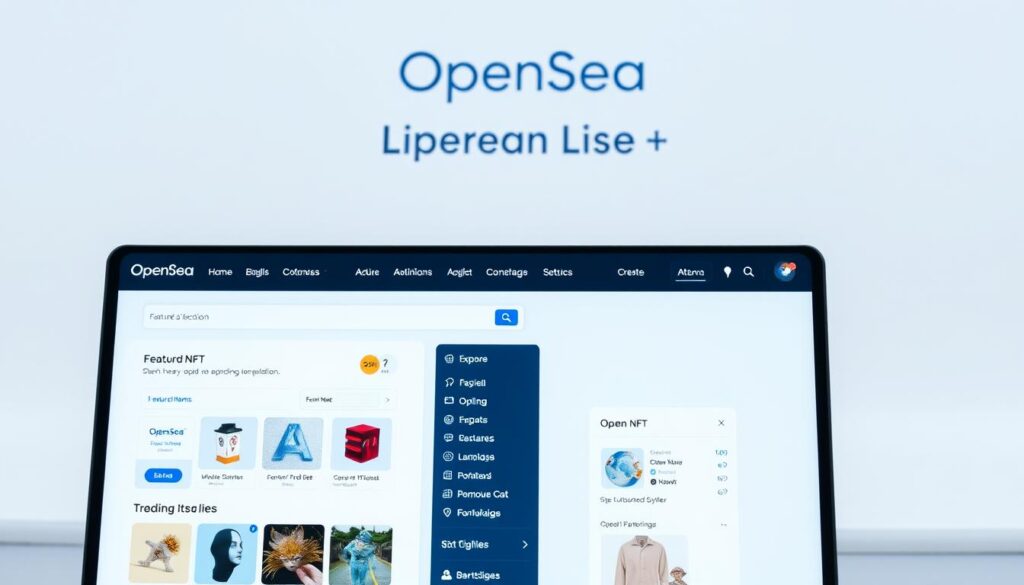
Innovative Tools and Catalog Diversity
The platform’s Collection Manager removes financial hurdles for creators by eliminating gas costs during minting. Artists set custom royalty rates, ensuring ongoing earnings from secondary sales. Advanced search filters help users discover rare pieces across categories like domain names and sports memorabilia.
Cross-chain functionality lets collectors choose between Ethereum’s security or Polygon’s cost efficiency. Mobile access via iOS devices keeps engagement seamless, allowing portfolio management anywhere. These features position the service as a versatile option for various transaction needs.
Cost Efficiency and Payment Flexibility
A 2.5% transaction charge applies to sales, balancing affordability with platform maintenance. Buyers enjoy multiple currency options including ETH, WETH, and stablecoins like DAI/USDC. This variety accommodates different investment strategies while simplifying cross-border transactions.
The system automatically adjusts network fees based on blockchain selection, giving users control over spending. Transparent pricing structures and real-time cost estimates prevent surprises during purchases. Such financial adaptability remains crucial in volatile crypto markets.
Rarible: A Community-Driven NFT Platform
Empowering users through decentralized governance models reshapes how digital collectible platforms operate. Rarible redefines creator-collector relationships by prioritizing collaborative decision-making and transparent systems. Its unique approach balances accessibility with user ownership, fostering loyalty among participants.
Governance, Native Token, and User Empowerment
The RARI token transforms casual users into stakeholders. Holders influence platform upgrades, fee structures, and partnership decisions through voting mechanisms. This democratic model contrasts sharply with centralized alternatives, giving creators direct input into the ecosystem’s evolution.
Plans to transition into a fully decentralized autonomous organization (DAO) amplify this collaborative ethos. Community proposals now determine feature rollouts and revenue allocation, ensuring the platform adapts to user needs rather than corporate agendas.
Simplified Minting and Flexible Royalties
Rarible removes technical barriers with one-click asset tokenization. Artists upload files, add descriptions, and set custom royalty rates without coding expertise. The system automatically generates smart contracts, streamlining the process for time-sensitive projects.
Ongoing earnings remain a priority through adjustable secondary sale commissions. Creators set percentages between 5-30%, securing revenue as their work gains value. This flexibility attracts both emerging artists and established names seeking fair compensation models.
| Feature | Rarible | Other Platforms |
|---|---|---|
| Governance Model | Token-based voting | Centralized control |
| Minting Complexity | No coding required | Technical expertise needed |
| Payment Options | ETH, USDC, RARI, DAI | Single-currency focus |
| Transaction Fees | 2.5% flat rate | Variable fees up to 15% |
Cross-platform compatibility extends reach beyond Rarible’s ecosystem. Assets automatically appear on partner sites, maximizing exposure while maintaining royalty structures. This integration demonstrates how community-driven platforms can coexist with larger networks.
SuperRare: Curated Digital Art at Its Finest
Premium platforms blend social engagement with investment-grade standards. SuperRare combines discovery features from popular networks with the selectivity of elite auction houses. This hybrid approach attracts serious collectors and established creators seeking prestige.
Exclusive Artist Selection and Quality Curation
Only 1% of applicants gain access through rigorous artistic reviews. A team of curators evaluates technical skill and conceptual originality before approval. This gatekeeping maintains a collection quality rivaling physical galleries.
Collectors benefit from verified provenance and scarcity guarantees. Each piece carries embedded ownership history, increasing confidence in long-term value. The platform’s reputation grows as acquired works appreciate across secondary markets.
Dynamic Royalties and Transaction Fee Insights
Creators enjoy industry-leading compensation models. The 10% perpetual royalty applies to all resales, rewarding sustained popularity. Initial sales incur a 15% platform commission, while buyers pay a 3% processing charge.
- Primary sales: 15% service fee
- Secondary sales: 10% artist royalty + 3% buyer fee
- Private offers: Negotiated directly between parties
Ethereum exclusivity ensures transaction consistency but limits payment options. This focus appeals to crypto-savvy users prioritizing blockchain security over multi-currency flexibility. The system’s simplicity reduces friction for high-stakes transactions.
Nifty Gateway and Other Notable Platforms
Platforms merging traditional finance with digital collectibles are reshaping how art reaches audiences. Nifty Gateway stands out by blending mainstream accessibility with high-caliber creative works. Its partnership with Gemini ensures enterprise-grade security while maintaining artistic integrity.
Specialized Drops and Credit Card Purchases
The service hosts timed releases featuring musicians like deadmau5 and visual artists such as Beeple. These curated events generate buzz through limited availability and celebrity collaborations. Collectors gain access to culturally significant pieces while supporting creators directly.
Credit card integration removes crypto hurdles for new users. Traditional payment methods account for 43% of purchases, according to platform data. This bridges the gap between conventional art buyers and digital collectible enthusiasts.
- Three-week drop cycles create consistent engagement opportunities
- Pre-paid ETH balances enable instant purchases during high-demand releases
- 5% service fee remains competitive against premium alternatives
Ownership through Gemini provides regulatory advantages rarely seen in similar spaces. The Winklevoss-led infrastructure ensures compliance without sacrificing creative freedom. This balance attracts both established collectors and first-time buyers exploring digital art.
NFT Marketplace Comparison OpenSea vs Rarible vs SuperRare Features and Fees
Selecting the ideal platform depends on your priorities as a creator or collector. Each service offers distinct advantages tailored to different experience levels and artistic goals. Let’s examine critical factors that influence long-term success in digital asset trading.
Platform Capabilities Compared
Beginner-friendly spaces support multiple asset types across various networks, ideal for exploring diverse collections. More exclusive environments focus on premium artworks with rigorous quality checks. Community-powered options provide collaborative tools for those valuing decentralized governance.
Understanding Cost Variables
Standard service charges range from 2.5% to 15%, with premium platforms justifying higher rates through curation services. Network costs fluctuate based on blockchain activity, averaging 36 gwei during peak times. Some spaces absorb these gas fees through layer-2 solutions, while others pass them directly to users.
Artists prioritizing lifetime earnings favor platforms with built-in royalty systems. Collectors should review fee structures holistically – initial purchase costs often differ from secondary market expenses. Payment flexibility remains crucial, with multi-currency support easing entry for global participants.
Your choice ultimately balances creative control against operational costs. Whether building a diverse portfolio or seeking rare masterpieces, aligning platform strengths with personal objectives drives satisfaction in this dynamic sector.





